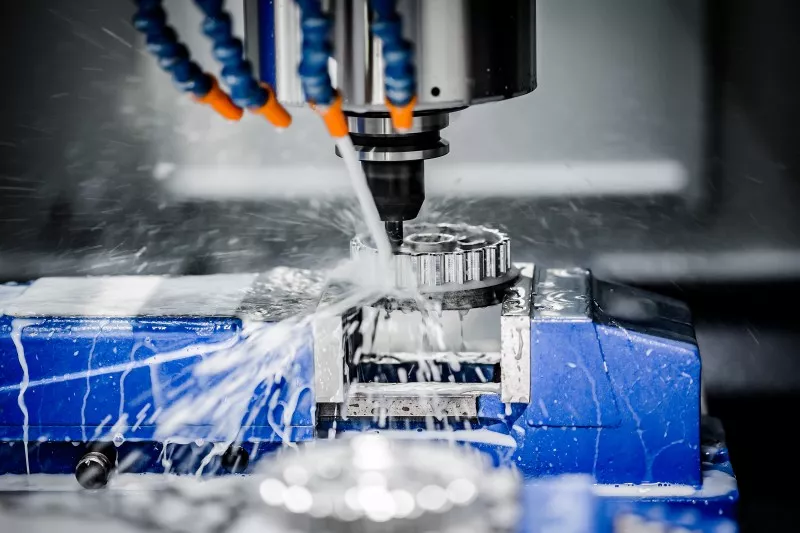How To Selecting Cutting Fluids

Cutting Fluids Introduction:
Cutting fluids are essential for the efficiency, quality, and cost-effectiveness of metal-cutting operations. Cutting fluids are used to lubricate and cool the cutting tool and workpiece during the machining process. They also help to improve the surface finish of the machined part, extend tool life, and reduce the risk of tool failure. Selecting the right cutting fluid is critical for achieving optimal results in metal cutting operations. In this article, we will discuss the factors that should be considered when selecting cutting fluids.

Factors to Consider When Selecting Cutting Fluids:
1. Material Being Machined:
The type of metal being machined is an important factor to consider when selecting cutting fluids. Different metals have different properties, such as hardness, ductility, and thermal conductivity. These properties can impact the machining process and the choice of cutting fluid. For example, aluminum is a soft metal that can quickly overheat and melt during machining. As a result, cutting fluids that are designed for aluminum, such as soluble oils or synthetic fluids, are used to help dissipate heat and prevent melting. On the other hand, stainless steel is a hard metal that requires cutting fluids that can provide sufficient lubrication and cooling. Semi-synthetic and synthetic fluids are often used for machining stainless steel.

2. Cutting Operation:
The type of cutting operation being performed is another important factor to consider when selecting cutting fluids. Different cutting operations, such as drilling, milling, or turning, require different types of cutting fluids. For example, drilling operations require cutting fluids that can penetrate into the small spaces between the drill bit and the workpiece. Emulsions or soluble oils are often used for drilling operations because they can penetrate easily and provide sufficient cooling and lubrication. In contrast, turning operations require cutting fluids that can be applied evenly across the entire surface of the workpiece. Synthetic fluids are often used for turning operations because they can provide consistent lubrication and cooling across the entire workpiece.

3. Machining Conditions:
The speed, feed, and depth of cut used in the machining process can also impact the choice of cutting fluid. Higher cutting speeds generate more heat, which requires cutting fluids that can dissipate heat quickly. Similarly, higher feed rates and deeper cuts generate more heat and require cutting fluids that can provide sufficient cooling and lubrication. In addition, machining conditions can affect the type of cutting fluid that should be used. For example, high-speed machining operations may require cutting fluids that are designed specifically for high-speed cutting.

4. Environmental Concerns:
Environmental regulations and restrictions can impact the use and disposal of cutting fluids. Some cutting fluids contain hazardous materials that can harm the environment if not disposed of properly. As a result, it is important to consider any environmental regulations or restrictions that may affect the use and disposal of cutting fluids. Some cutting fluids are biodegradable or recyclable, which can help to reduce their environmental impact.
5. Health and Safety:
Cutting fluids can pose health and safety risks to operators if not handled properly. Some cutting fluids contain hazardous chemicals that can cause skin irritation, inhalation hazards, or flammability. It is important to consider the potential health risks associated with the cutting fluid and take appropriate precautions, such as using protective clothing and respirators.

6. Cost:
Cutting fluids can vary greatly in price, so it is important to consider the cost-effectiveness of the fluid in relation to its performance and longevity. Some cutting fluids may have a higher upfront cost but can provide longer tool life and improved machining performance. In contrast, lower-cost cutting fluids may have a shorter lifespan and require more frequent replacement, which can increase overall costs.









